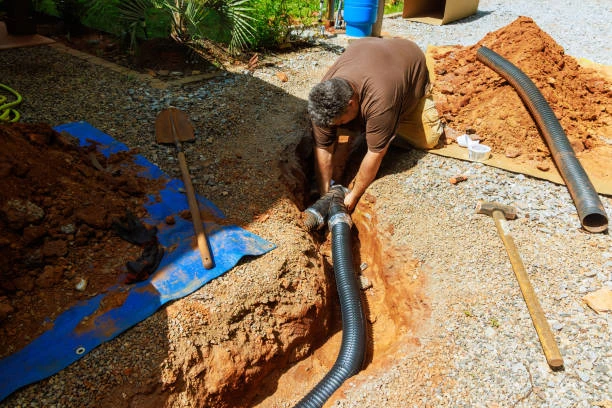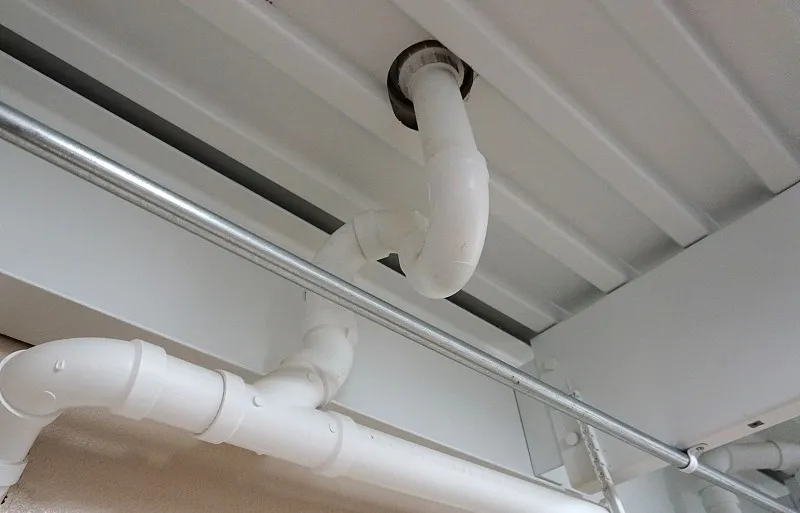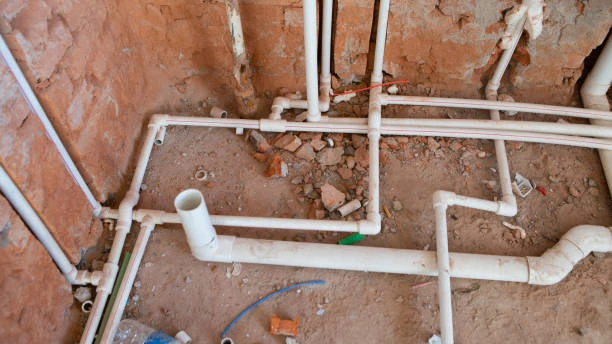PPR female socket couplings with brass pipe fittings offer reliable and durable solutions for cold and hot water systems. These fittings are increasingly popular in both residential and commercial plumbing due to their efficiency, cost-effectiveness, and compatibility with a wide range of water applications. This article explores the advantages of PPR and brass in plumbing systems and how these couplings provide an effective solution for water feeding.
What is a PPR Female Socket Coupling?
A PPR female socket coupling is a specific fitting designed for connecting PPR pipes. The “female” aspect allows it to connect with other components, while the PPR material gives it high durability and thermal resistance. Commonly used in hot and cold water systems, it provides a seamless, leak-proof connection that works well in high-temperature applications.
Advantages of PPR Material in Plumbing
PPR, or Polypropylene Random Copolymer, has become a preferred material for plumbing due to its resilience and safety. It resists corrosion, which is crucial in water systems. Furthermore, PPR is highly durable, capable of withstanding temperature changes, and does not chemically react with water, ensuring a clean, safe water supply.
The Role of Brass in PPR Female Socket Couplings
Brass is a popular material in plumbing fittings due to its strength and corrosion resistance. When combined with PPR in socket couplings, brass enhances the overall durability and reliability of the fitting. Brass also has a longer lifespan than many other metals, making it an ideal choice for fittings that need to last in various environmental conditions.
How PPR Female Socket Coupling Works with Brass Fittings
PPR female socket couplings function by securely joining PPR pipes with other components in the system, using brass threading for enhanced connection strength. This combination provides an efficient, leak-free seal, allowing it to function in high-pressure and high-temperature water applications.
Cold and Hot Water Applications
Cold and hot water feeding systems demand materials that can handle temperature fluctuations without warping or cracking. PPR with brass components performs exceptionally well in such conditions. The PPR material withstands temperatures up to 95°C, and the brass provides additional strength, making it suitable for both hot and cold water lines.
Benefits of PPR Female Socket Couplings in Water Feeding Systems
PPR female socket couplings provide durability, corrosion resistance, and an efficient water flow. Their leak-proof design helps prevent water wastage, making them highly effective in water feeding systems for homes and commercial spaces. Additionally, they reduce maintenance needs, which adds convenience and long-term savings.
PPR vs. Other Plumbing Materials
PPR fittings outperform materials like PVC and copper in certain applications. Unlike PVC, PPR can handle higher temperatures, making it ideal for hot water systems. Copper, while durable, is costly and prone to corrosion, especially in acidic or mineral-rich water. PPR combines the best of both worlds: affordability and resilience.
Installation Process of PPR Female Socket Coupling
- Prepare the Pipe and Coupling
- Ensure both pipe ends are clean and smooth.
- Heat and Fuse the PPR Pipe
- Use a heating tool to soften the pipe and coupling for a strong bond.
- Attach the Brass Fitting
- Securely screw in the brass component to ensure a leak-proof connection.
- Inspect and Test
- Check for leaks or weak points before fully integrating into the system.
Quality Control and Standards for PPR Fittings
PPR fittings must adhere to industry standards for safety and reliability. Manufacturers often follow ISO and ASTM guidelines to ensure the fittings can handle pressure and temperature requirements. These standards provide assurance to consumers and contractors that the fittings will perform as needed in water systems.
Environmental Benefits of Using PPR Materials
PPR is a sustainable choice due to its recyclability and low environmental impact during production. Unlike PVC, which releases harmful chemicals during manufacture and disposal, PPR remains eco-friendly. Choosing PPR fittings supports greener plumbing practices and reduces the industry’s environmental footprint.

Cost-Effectiveness of PPR Female Socket Couplings
Compared to other materials, PPR offers long-term savings. The initial installation cost is reasonable, and the reduced need for repairs or replacements makes PPR fittings cost-effective over time. Brass fittings within PPR couplings further add to their longevity, providing excellent value.
Compatibility with Different Plumbing Systems
PPR female socket couplings integrate easily with various plumbing systems, including PPR, PVC, and metal-based systems. Their brass fittings allow for versatility, ensuring a secure connection that minimizes leaks. This compatibility makes them a popular choice in both new installations and retrofits.
Future of PPR Fittings in Plumbing
As the plumbing industry shifts towards sustainability, PPR fittings are expected to play a prominent role. Innovations in PPR technology, combined with new industry standards, may improve their performance further, cementing PPR as a go-to material for plumbing needs.
Conclusion
PPR female socket couplings with brass fittings are a highly effective solution for hot and cold water feeding systems. Their durability, affordability, and eco-friendly properties make them an attractive option for modern plumbing. These fittings exemplify how combining materials like PPR and brass creates reliable, long-lasting plumbing solutions.
FAQs
- What is a PPR female socket coupling?
A PPR female socket coupling is a fitting that connects PPR pipes in water systems. - Why is brass used in PPR socket couplings?
Brass adds strength, durability, and corrosion resistance to the fitting. - Can PPR fittings handle hot water?
Yes, PPR fittings can handle temperatures up to 95°C, making them suitable for hot water. - How durable are PPR socket couplings?
PPR socket couplings are highly durable, resisting corrosion and lasting many years. - Are PPR fittings eco-friendly?
Yes, PPR is recyclable and has a lower environmental impact than some other materials.


















